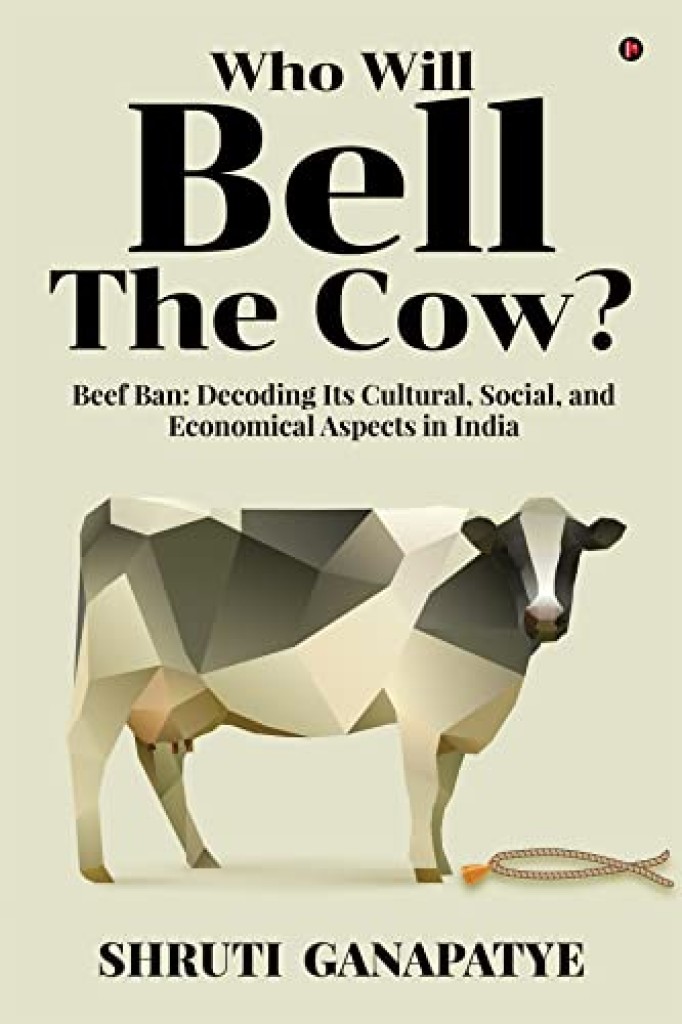
Shruti Ganapatye
Digital Content Creator | Journalist
About: Shruti Ganpataye has over 16 years of experience in reporting on diverse issues like politics, marginalised communities, urban poverty, gender discrimination and human trafficking. She has a nose for ferreting out unique human-interest stories from the most routine events. Well-versed in digital media platforms, a skilled bilingual-English, Marathi writer for print as well as social media, her previous job was with the Mumbai Mirror as a Special Correspondent covering Socio-Political issues from June 2018 – January 2021. She has earlier worked with the Asian Age, Press Trust of India, Maharashtra Times, Loksatta, Divya Marathi and All India Radio since 2003. She writes for Times of India Plus, Money Control, Zenger, and Outlook magazine as a freelance journalist and runs a weekly column for Loksatta online reviewing programmes on OTT platforms.
BOOK
Name: Who Will Bell The Cow? Beef Ban: Decoding its cultural, social, and economical aspects in India

Description:
The word ‘cow’ rocked India after 2014 when news related to the beef ban, mob lynching, violence poured out almost every day. The cow’s status was suddenly elevated and her sacredness surpassed all limits. Self-styled vigilantes called gau rakshaks took the law into their hands creating terror in the country and threatening minorities and marginalised communities. The book “Who Will Bell The Cow?” tells every possible story about the rise of cow politics in recent times. It connects history with the present, making sense of ongoing violence in the name of the cow and beef ban. It uncovers the ‘sacred’ layers around the cow to show the real motive behind the movement.
The data compiled from various sources about crimes related to the cow slaughter and beef ban and its socio-economic impact on various industries allied to cows offers more insight for the readers to draw their own conclusions. There is a caution against the movement that might lead to the extinction of the cattle. In the end, it has posed a question for readers if our diverse food culture is at peril under the guise of homogenisation.
© 2025 Vidarbha Literature Festival